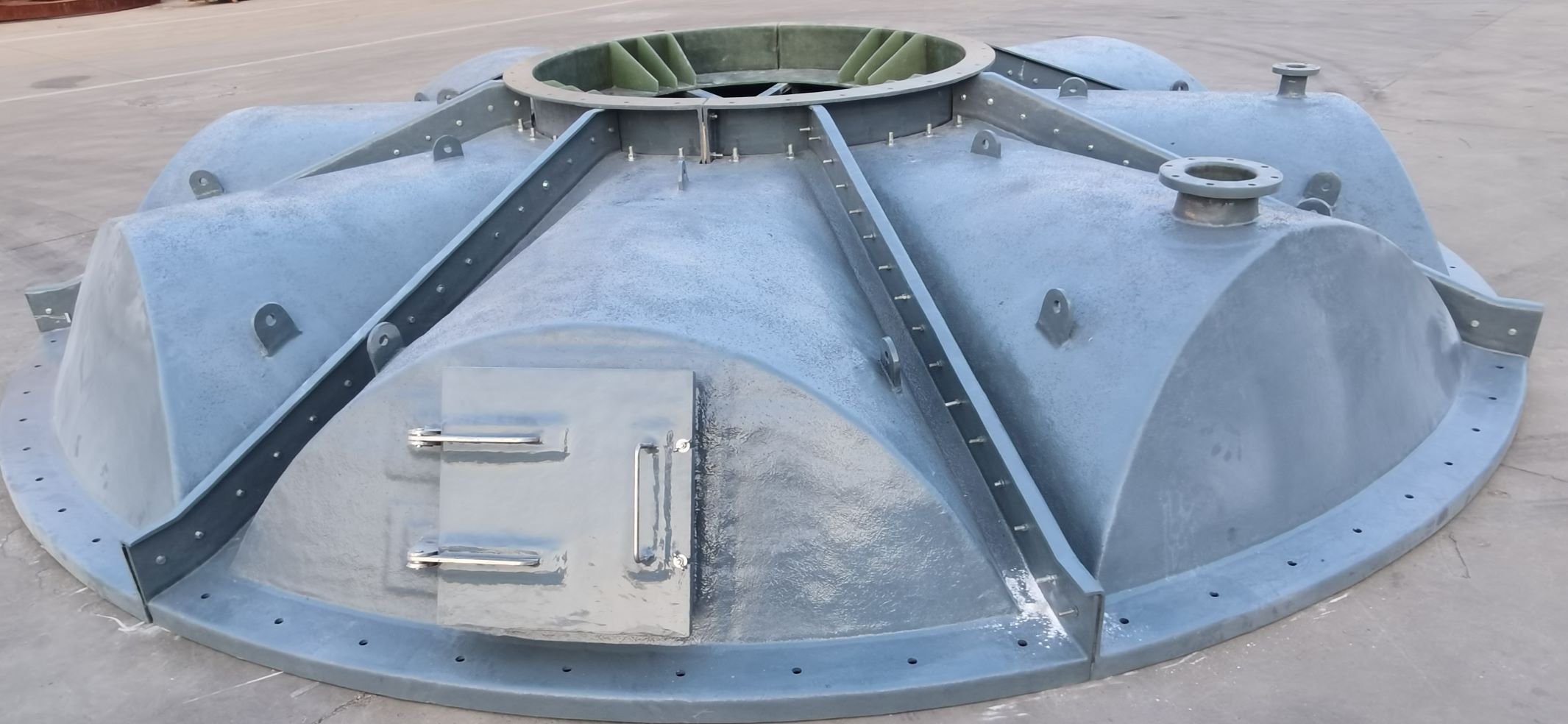
-
 Afrikaans
Afrikaans -
 Albanian
Albanian -
 Amharic
Amharic -
 Arabic
Arabic -
 Armenian
Armenian -
 Azerbaijani
Azerbaijani -
 Basque
Basque -
 Belarusian
Belarusian -
 Bengali
Bengali -
 Bosnian
Bosnian -
 Bulgarian
Bulgarian -
 Catalan
Catalan -
 Cebuano
Cebuano -
 China
China -
 China (Taiwan)
China (Taiwan) -
 Corsican
Corsican -
 Croatian
Croatian -
 Czech
Czech -
 Danish
Danish -
 Dutch
Dutch -
 English
English -
 Esperanto
Esperanto -
 Estonian
Estonian -
 Finnish
Finnish -
 French
French -
 Frisian
Frisian -
 Galician
Galician -
 Georgian
Georgian -
 German
German -
 Greek
Greek -
 Gujarati
Gujarati -
 Haitian Creole
Haitian Creole -
 hausa
hausa -
 hawaiian
hawaiian -
 Hebrew
Hebrew -
 Hindi
Hindi -
 Miao
Miao -
 Hungarian
Hungarian -
 Icelandic
Icelandic -
 igbo
igbo -
 Indonesian
Indonesian -
 irish
irish -
 Italian
Italian -
 Japanese
Japanese -
 Javanese
Javanese -
 Kannada
Kannada -
 kazakh
kazakh -
 Khmer
Khmer -
 Rwandese
Rwandese -
 Korean
Korean -
 Kurdish
Kurdish -
 Kyrgyz
Kyrgyz -
 Lao
Lao -
 Latin
Latin -
 Latvian
Latvian -
 Lithuanian
Lithuanian -
 Luxembourgish
Luxembourgish -
 Macedonian
Macedonian -
 Malgashi
Malgashi -
 Malay
Malay -
 Malayalam
Malayalam -
 Maltese
Maltese -
 Maori
Maori -
 Marathi
Marathi -
 Mongolian
Mongolian -
 Myanmar
Myanmar -
 Nepali
Nepali -
 Norwegian
Norwegian -
 Norwegian
Norwegian -
 Occitan
Occitan -
 Pashto
Pashto -
 Persian
Persian -
 Polish
Polish -
 Portuguese
Portuguese -
 Punjabi
Punjabi -
 Romanian
Romanian -
 Russian
Russian -
 Samoan
Samoan -
 Scottish Gaelic
Scottish Gaelic -
 Serbian
Serbian -
 Sesotho
Sesotho -
 Shona
Shona -
 Sindhi
Sindhi -
 Sinhala
Sinhala -
 Slovak
Slovak -
 Slovenian
Slovenian -
 Somali
Somali -
 Spanish
Spanish -
 Sundanese
Sundanese -
 Swahili
Swahili -
 Swedish
Swedish -
 Tagalog
Tagalog -
 Tajik
Tajik -
 Tamil
Tamil -
 Tatar
Tatar -
 Telugu
Telugu -
 Thai
Thai -
 Turkish
Turkish -
 Turkmen
Turkmen -
 Ukrainian
Ukrainian -
 Urdu
Urdu -
 Uighur
Uighur -
 Uzbek
Uzbek -
 Vietnamese
Vietnamese -
 Welsh
Welsh -
 Bantu
Bantu -
 Yiddish
Yiddish -
 Yoruba
Yoruba -
 Zulu
Zulu
frp pipes and fittings for ship building
FRP Pipes and Fittings for Shipbuilding A Comprehensive Overview
In the maritime industry, the demand for durable, lightweight, and corrosion-resistant materials has led to the increasing use of Fiber Reinforced Polymer (FRP) pipes and fittings in shipbuilding. As vessels are designed to endure harsh marine environments, the choice of materials becomes critical to ensure longevity, safety, and performance. This article explores the advantages, applications, and considerations for FRP pipes and fittings within the shipbuilding sector.
Advantages of FRP Pipes and Fittings
One of the primary benefits of FRP pipes and fittings is their exceptional corrosion resistance. Unlike traditional metals, FRP materials do not succumb to rust or degradation from saltwater and other corrosive agents commonly found in marine environments. This characteristic not only extends the lifespan of the components but also reduces maintenance costs and downtime, essential factors for maritime operations.
Lightweight is another compelling aspect of FRP materials. Compared to steel or even some plastic alternatives, FRP components are significantly lighter, which can translate to reduced weight for the overall vessel. This weight reduction leads to increased fuel efficiency and improved payload capacity, making FRP an attractive option for shipbuilders aiming to enhance vessel performance while adhering to stringent regulations.
Moreover, FRP pipes and fittings boast excellent mechanical properties. They offer high tensile strength and flexibility, which make them suitable for various applications, including exhaust systems, water intake and discharge systems, and chemical transport lines. The inherent flexibility of FRP helps mitigate the risks associated with vibrations and movements that ships experience while navigating rough seas.
Applications in Shipbuilding
The versatility of FRP materials enables their application in a wide range of systems within vessels. Firstly, they are often employed in plumbing systems, markedly in areas that are prone to corrosion or require frequent maintenance. Their non-conductive nature also makes them suitable for electrical conduit applications, helping to enhance safety onboard.
frp pipes and fittings for ship building

Additionally, FRP is increasingly used in ballast water management systems, where its corrosion resistance is invaluable. As global regulations on ballast water treatment tighten, shipbuilders are turning to FRP to create systems that are compliant with environmental standards while ensuring durability and reliability.
FRP fittings are also essential in installing more complex pipe system configurations. For instance, specialized flanges, elbows, and tees can be crafted to suit the unique requirements of various ship designs, allowing for efficient and flexible installation. This adaptability makes FRP fittings a popular choice for both new builds and retrofitting projects.
Considerations for Use
Despite the numerous advantages, shipbuilders must also consider certain factors when opting for FRP pipes and fittings. The initial cost may be higher than traditional materials, although this can be offset by long-term savings on maintenance and replacement. It is also crucial to ensure that the manufacturing standards meet relevant maritime regulations and certifications, as the integrity of the piping system is critical for safety.
Finally, while FRP materials are robust, they can be affected by extreme mechanical stresses or improper installation. Therefore, professional expertise is essential in both the design and installation phases to maximize the benefits of FRP systems.
Conclusion
In summary, FRP pipes and fittings represent a pivotal advancement in shipbuilding technology, offering unmatched corrosion resistance, lightweight properties, and mechanical strength. As the maritime industry continues to evolve, embracing innovative materials like FRP will play a vital role in shaping the future of ship design, enhancing performance, safety, and sustainability on the high seas. Through careful consideration and application, shipbuilders can leverage the advantages of FRP to build vessels that stand the test of time in even the most demanding conditions.









